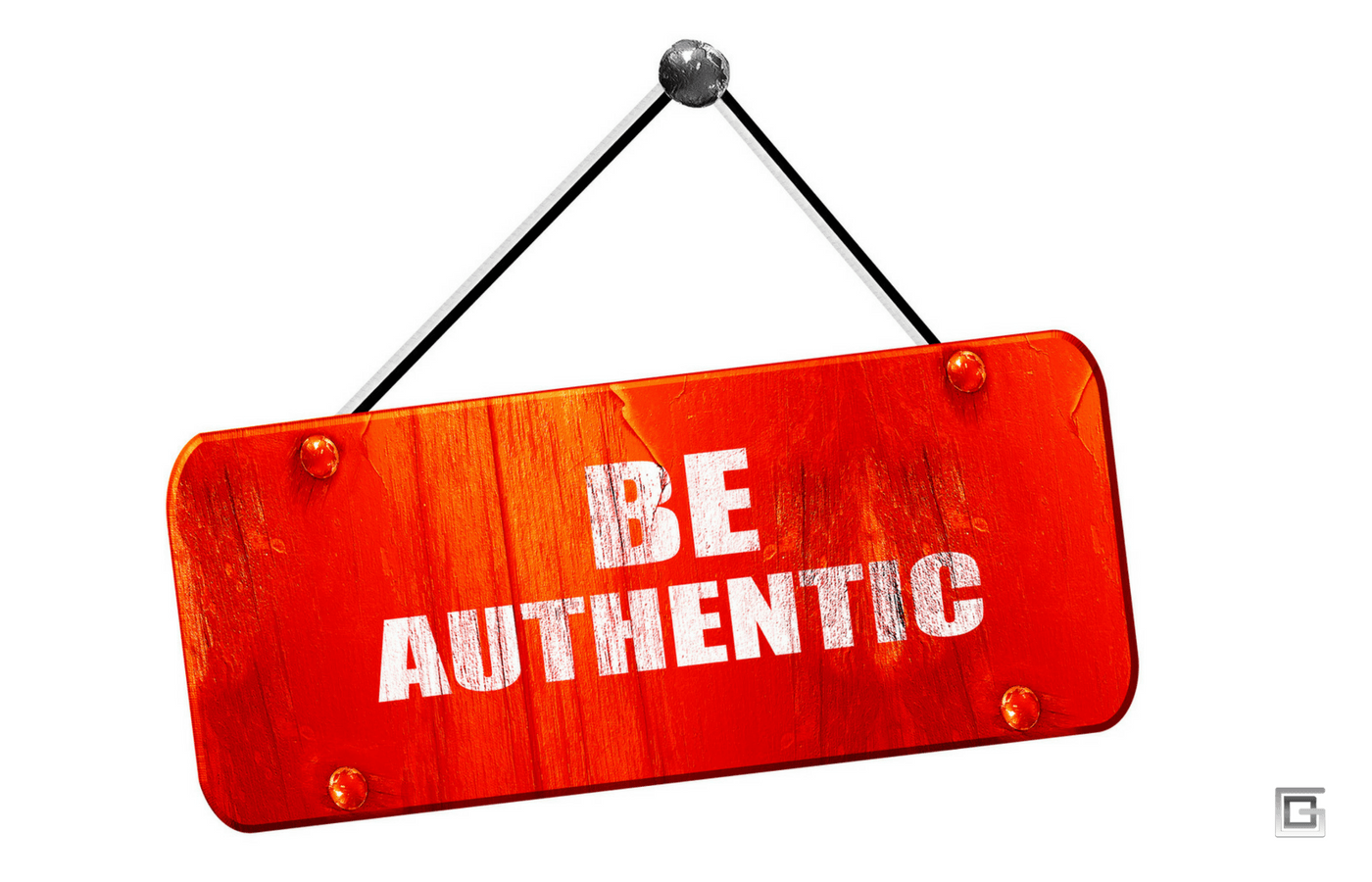This is Part Three of the “Conversion Crushing Secrets” article series. Part One is available here, and Part Two is here.
=====================================================================
Breaking the fourth wall is one of the key concepts to increasing conversions. I know that sounds like a tortured metaphor at the moment, but soon it shall make sense.
The “fourth wall” is a live theatre concept – an imaginary barrier between the stage and the seating. The audience can see through the fourth wall and watch the action unfolding, but the actors resolutely pretend that the audience is invisible (at least until they’re receiving their applause).
So, when we talk about BREAKING the fourth wall, we’re referring to an actor addressing the audience directly. It’s unconventional, but under the right circumstances it can be very effective, and often very funny.
When it happens in a movie theatre, we use the same expression, “breaking the fourth wall”, to refer to an actor looking directly at the camera, as if they’re looking directly at the viewers.
There’s a long history of this in comedy, going right back to Laurel and Hardy. Mel Brooks often used this technique in his movies. Matthew Broderick did this frequently in Ferris Bueller’s Day Off.
“I’m not European. I don’t plan on being European, so who gives a crap if they’re socialists. They could be fascist anarchists – it still wouldn’t change the fact that I don’t own a car.”
The reason it happens more often in comedies than other genres is probably because it’s unexpected and, as a result, it automatically creates a chuckle. There are exceptions – Kevin Spacey in House of Cards being a recent, notable example – but generally it’s done for laughs.
And This Relates to Marketing… How?
Right now, depending on how much you love theatre and cinema, you’re either wondering why I’m giving you a lecture on performance conventions, or why I’m condescending to teach you about something you already know very well.
Patience, my long-suffering reader… I’m getting there, I promise.
You see, one of the reasons why fourth wall-breaking works so well is because, just for a moment, we might feel like we’re no longer seeing the character but instead, the actor.
We’re getting a glimpse behind the curtain…
And that’s always, always a crowd pleaser.
The 1980s TV show, Moonlighting, used this to clever effect by, among other things, frequently letting Bruce Willis break character. This wasn’t just about comedy – it was about appealing directly to the female members of the audience.
And then DVDs happened…
Suddenly, every movie had to come packaged with a behind-the-scenes, making-of documentary, or it felt incomplete.
People loved watching how their favorite movies got made. Loved it.
You might have thought there would be concerns about breaking the illusion of the movie by seeing the actors in between takes or seeing how special-effect sequences were cobbled together. But, no. The demand for seeing how the sausages were made, warts n’ all (that was a weird metaphor combo), drowned out any nay-sayers.
This wasn’t fourth wall breaking…
This was fourth DIMENSION breaking.

And it soon got out of hand. DVDs started coming with second or even third DVDs just to fit in all the documentaries. Lord of the Rings somehow managed to create a set of documentaries that were longer than the flippin’ films – even the extended cuts.
There’s no denying it… people LOVE seeing how things get made. These days even music videos have “making of” videos and outtake clips on YouTube get tens of millions of views.
But wait… wait… wait…
Am I suggesting that every time you make a marketing video or webinar you should make a documentary to go with it?
NO!
That would be unnecessarily expensive and time-consuming.
You need to think laterally on this one. What does all of the above teach us about the way people WANT to perceive their heroes?
Applauding the Imperfect
The first two parts of this article series (Part One is HERE and Part Two is HERE) provided very specific steps and strategies for massively increasing conversions. But this article, Part Three, is going to be a little more challenging.
It’s more a mindset or a concept to be adopted that, when embraced, creates better connections between you and your customers, and generates, not just more sales, but also more repeat sales.
And the model is based on this well-known marketing truism…
People like to buy from people they like.
We see this in TV and movies all the time. When people like an ACTOR, they’re more likely to pay to see them perform on screen instead of waiting for it to be available on demand.
Talking Bad and Talking Dead tapped into this phenomenon by letting people see the actors in a relaxed setting, being themselves (more or less). As a result, people are even more committed to the actors’ on-screen characters, and care more about what happens to them.
Conventions work for the same reason. People flock to events where they can meet the actors, watch them be interviewed, and see what they’re like in “real life.”
And when some of the actors are shy, or awkward, instead of being put off, people love them all the more.
Can you see what’s happening here?
When people are imperfect, they seem more authentic. When people are authentic, they’re better liked. When people are better liked, they gain greater followings.
And for a business owner, this can translate into more sales.
You don’t need to make behind-the-scenes documentaries or host conventions, you just need to be unafraid of letting your imperfections shine through.
We already touched on this in Part One of this article series. Authenticity is critical, and you’ll never be seen as authentic if you present yourself as a perfect success who never failed at anything.
So, It’s Okay… If I Fail, Too?
In his seminal work, Influence, Robert Cialdini tells the story of his son struggling to learn to swim while being taught by a qualified instructor, but succeeding after just a few hours in a pool with a friend of the same age.
He proposed that his son struggled to learn from his instructor because he couldn’t relate to him. The instructor was older and an accomplished swimmer and, perhaps, this was discouraging.
But a kid the same age who could swim…
Well, if HE can do it, then I should be able to do it, too.
THIS is Conversion Crushing Secret Number Three. Don’t break the fourth wall… break the fourth dimension.
BE AUTHENTICALLY IMPERFECT (that belongs on a reclaimed wood plaque somewhere).
When you demonstrate yourself to be a regular human being who laughs, goofs off, makes mistakes, has regrets, you make yourself more relatable and more likeable to your customers.
That doesn’t mean you should appear on video or on webinars drinking, drooling, smoking, making crude jokes, or snapping your girlfriend’s bra. Just ease off on the polish.
Ease off. Not dive off.
Leave some of the mistakes in. Laugh when something goes wrong. Don’t stress when the boom is in the shot or when you have to talk to the cameraman to get a close-up.
You could even go a step further and embrace the chaos. Introduce your behind-the-camera staff to your audience. Show your messy office. Roll with it when your kids run into shot, screaming.

Authenticity Breeds Loyalty
At Genesis Digital, we produce upscale videos that are obviously created by people with experience. And yet, you’ll notice that we never present ourselves as being movie-polished. We leave in mistakes, we make self-deprecating jokes, we even dress-down when on camera. For those of you who own Genesis Labs, there is more than one shot of Andy in his tube socks teaching. It is classic “him” and we love it. So we leave it.
In the same vein, we leaked our internal company SOP for creating high converting Shopping Cart pages (you can see that here). There were inside jokes, mistakes called out, bad choices revealed, but we put it out there anyway.
We have incredibly loyal customers that we love and adore. We’ve accomplished that, not in spite of our flaws, but because of them.
We’re just as messed up and accident-prone as everyone else, and we’re not afraid to show it. But we make it work. We get there in the end. And it’s plain for everyone to see that we want to help people and that we care about our customers.
I can’t give you a step-by-step guide to replicating this, unfortunately, so plug it into your subconscious, instead. And the next time you’re tempted to hide a mistake or edit out a blooper, consider leaving it in.
Authenticity is critical. And you can’t be authentic if you never make a mistake.
Coming Soon… Conversion Crushing Secret (Part Four): Tales of the Unexpected
Ready to start using live events to grow your business? How about trying webinars for free? Check out the WebinarJam Free Trial offer today!
